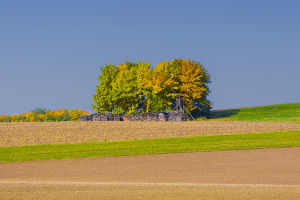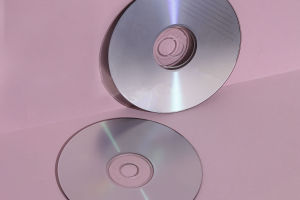The process of creating art is a delicate dance between the artist and their tools.
Among these, brushes and palettes play a central role in determining the outcome of a painting.
The way these two essential elements are chosen and paired can significantly influence an artist's ability to express ideas, evoke emotions, and bring visions to life. Brushes come in a variety of shapes, sizes, and materials, each designed to achieve different effects. The type of brush an artist selects can dictate the texture, precision, and overall style of their work.
For instance, a fine-tipped brush is ideal for detailed work and intricate lines, while a large, flat brush is excellent for sweeping strokes and covering large areas.
10 Best Brushes for Painting for Acrylics and Oils
Video by Chuck Black
The bristle material also affects the brush's performance. Natural hair brushes, such as sable or hog hair, are renowned for their ability to hold paint well and provide a smooth flow. These are often preferred for oil and watercolor painting. Synthetic brushes, on the other hand, are durable, versatile, and more suitable for acrylic paints.
While brushes apply the paint, the palette is where colors are mixed and born. Traditionally, artists have used wooden palettes, but today, glass, plastic, and paper palettes are also common. The choice of palette can impact how easily colors blend and how accurately artists can achieve desired hues.
An organized palette allows an artist to access their colors intuitively. For example, arranging colors in a spectrum from warm to cool tones helps maintain order and speeds up the painting process. Oil painters might favor large wooden palettes for mixing rich colors, while watercolor artists often prefer compact palettes with wells for holding fluid paints.
The right palette helps ensure that color choices remain vibrant and harmonious throughout the creative process. The magic truly happens when the brush and palette are matched thoughtfully. The type of paint being used often dictates this pairing.
For example, thick oil paints call for sturdy brushes that can handle the viscosity and a wide palette for mixing generous amounts of pigment. Acrylic paints dry quickly, so synthetic brushes and a palette with a stay-wet system help keep colors workable for longer periods.
Watercolor painting relies on a more fluid approach. Soft, natural hair brushes that can hold large amounts of water, paired with palettes that allow easy mixing and dilution, enable artists to create delicate washes and gradients. By selecting brushes and palettes that complement each other, artists streamline their process and enhance the quality of their work.
A minimalist artist may prefer a limited color palette and a small range of brushes, while a painter of bold abstracts might use a wide variety of brushes and an expansive palette to explore diverse textures and hues.
The charm lies in the exploration and discovery. Artists who experiment with different combinations of brushes and palettes often stumble upon new techniques and creative breakthroughs. The relationship between these tools becomes a reflection of the artist's personality and vision.
The art of matching brushes and palettes is fundamental to the creative process. When chosen with intention and understanding, these tools empower artists to fully express their ideas and emotions.
Whether painting intricate details or broad, expressive strokes, the right pairing of brush and palette unlocks endless possibilities, adding a unique charm to the world of art!


